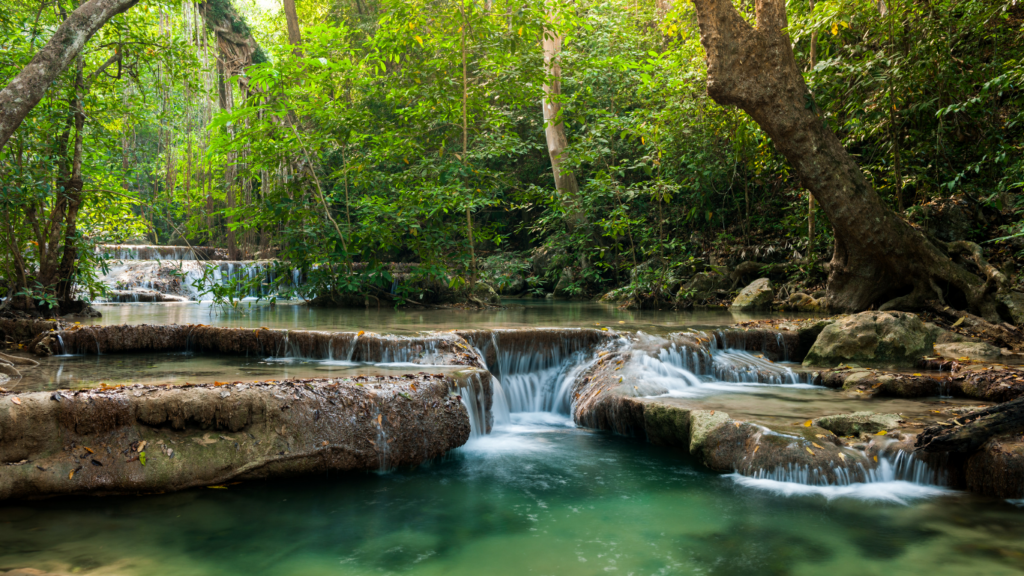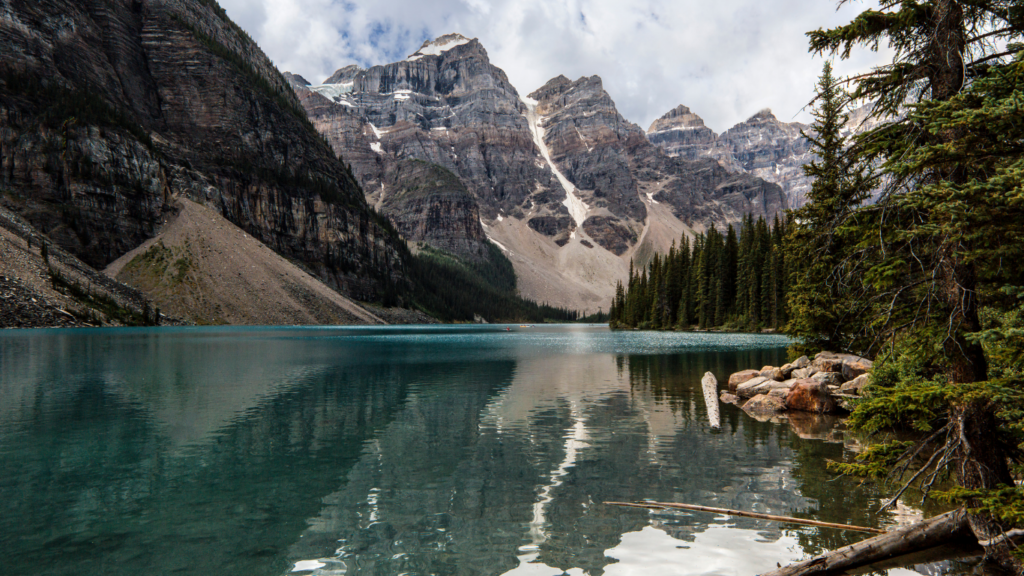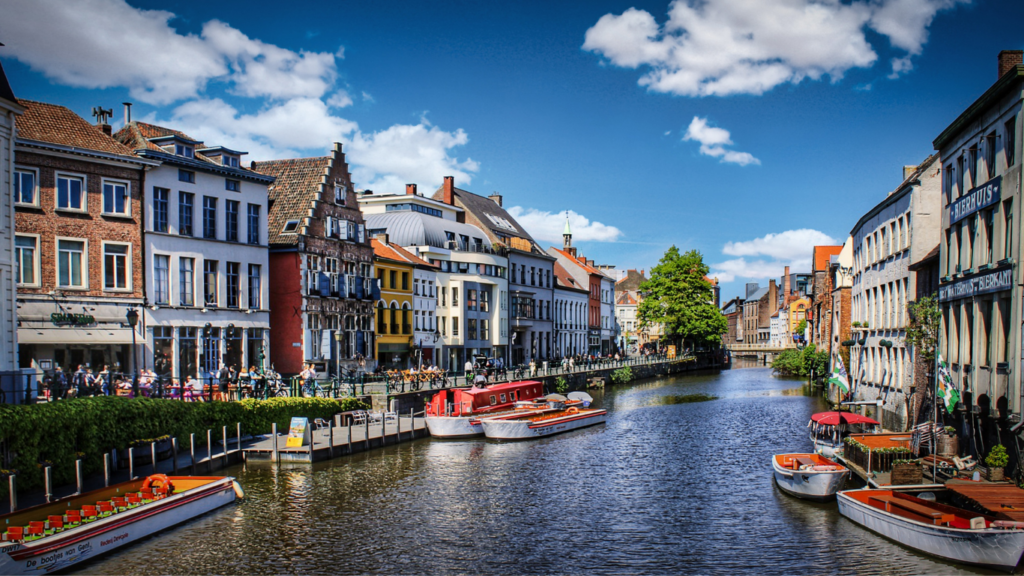There’s something magical about stepping into a national park, where nature’s beauty unfolds in every direction. Whether you’re chasing waterfalls in Yosemite or marveling at the towering peaks of the Rockies, planning your visit can make all the difference.
Timing your trip right not only enhances your experience but also helps you avoid the crowds.
Understanding National Parks
National parks showcase diverse ecosystems, majestic landscapes, and unique wildlife. These protected areas, established to preserve natural beauty and cultural history, offer me and countless visitors stunning vistas and opportunities for recreation.
Key Features of National Parks
- Biodiversity: National parks contain various plant and animal species. For instance, Yellowstone houses hundreds of species, including bison and wolves.
- Geological Formations: Many parks feature remarkable geological structures. Zion National Park is famous for its towering cliffs and slot canyons, attracting rock climbers and photographers.
- Cultural Heritage: National parks also protect significant cultural sites. Mesa Verde showcases ancient cliff dwellings of the Ancestral Puebloans.
- Recreational Opportunities: These parks provide numerous activities. Hiking, camping, and wildlife watching rank as popular options for outdoor enthusiasts like me.
Importance of Preservation
Preserving national parks ensures future generations can enjoy their natural beauty. These areas face threats from climate change, invasive species, and human activity. Supporting conservation initiatives, such as respecting park regulations, helps protect these precious resources.
Visitor Guidelines
Visitors should familiarize themselves with specific park rules before visiting. Many parks require permits for activities like backcountry camping. Preparing for challenges, such as unpredictable weather, is essential. Packing necessary gear, food, and hydration supplies remain crucial for any visit.
Best Times to Visit National Parks
Timing significantly impacts the quality of a visit to national parks. Certain seasons offer unique experiences, while weather conditions can affect access and activities.
Seasonal Insights
Spring presents vibrant blooms and active wildlife, making it ideal for nature enthusiasts. April to June showcases wildflowers and migratory birds returning to their habitats. Summer attracts many visitors, so expect crowds, especially from June to August.
This season provides full accessibility to park facilities and trails, but temperatures may soar in locations like Death Valley. Autumn, from September to October, offers stunning foliage and cooler temperatures, creating a picturesque backdrop for photography.
Winter, while less popular due to cold weather, allows for activities such as snowshoeing and cross-country skiing in parks like Yellowstone.
Weather Considerations
Weather varies widely across national parks, impacting the visitor experience. Parks in the Northwest, like Olympic National Park, receive significant rainfall; visiting in summer reduces chances of rain dampening plans.
Conversely, desert parks like Joshua Tree can experience extreme heat during summer months; visiting in spring or fall allows for milder temperatures. Mountainous areas, including Rocky Mountain National Park, can have unpredictable weather, particularly in late spring and early fall.
I recommend checking forecasts before your trip to ensure safety and enjoyment. The best preparation includes appropriate clothing and gear tailored to each season’s challenges.
Preparing for Your Visit
Preparation enhances the national park experience. Knowing what to bring and planning an itinerary ensures a smoother adventure.
Essential Gear and Supplies
Packing the right gear makes a significant difference. I’ve found that having essential items ready enhances both comfort and safety. Key supplies include:
- Backpack: A sturdy and weather-resistant backpack for carrying supplies.
- Water bottles: Hydration is crucial; carry at least one gallon of water per person daily.
- First aid kit: Essential for treating minor injuries and illnesses.
- Navigation tools: Maps or GPS devices aid in exploring trails and finding landmarks.
- Clothing: Dress in layers; weather can change rapidly.
- Footwear: Sturdy hiking boots or shoes provide support and grip.
- Emergency gear: A whistle, flashlight, and multi-tool are vital for unforeseen situations.
I ensure all items are checked before each trip, reinforcing my preparedness and enjoyment.
Planning Your Itinerary
Creating a detailed itinerary maximizes the park experience. I focus on the following steps:
- Identify key attractions: Research top sights or activities like hiking trails, scenic viewpoints, and educational programs.
- Plan daily activities: Allocate time for each activity based on physical capability and travel distance within the park.
- Check park hours: Verify opening and closing times, especially for visitor centers or facilities.
- Include rest periods: Schedule breaks to avoid fatigue and truly enjoy each location.
- Consider meal planning: Determine whether to pack lunches or dine at park facilities based on available options.
- Account for permits: Inquire about any permits needed for specific activities, such as backcountry camping or fishing.
I prioritize flexibility within my plans, allowing for spontaneous exploration and adjustments based on weather or conditions.
Popular National Parks to Explore
Exploring national parks reveals some of the most breathtaking natural wonders in the United States. I can recommend a few must-visit parks that highlight diverse landscapes and ecosystems:
- Yosemite National Park: Known for its towering granite cliffs, including El Capitan and Half Dome, Yosemite offers stunning waterfalls and giant sequoias. Spring provides thrilling views of cascading falls, while autumn showcases vibrant foliage.
- Yellowstone National Park: America’s first national park features geothermal wonders such as Old Faithful and vibrant hot springs. Wildlife sightings are exceptional, including bison and elk, especially in spring and fall.
- Zion National Park: Renowned for its dramatic canyons and reddish cliffs, Zion’s trails, like the Angel’s Landing, offer breathtaking vistas. I recommend visiting in late spring or early fall to avoid extreme heat and crowds.
- Rocky Mountain National Park: This park boasts alpine lakes and rugged mountains. Summer attracts hikers with full trail access, while fall enchants visitors with colorful foliage.
- Grand Canyon National Park: The immense canyon presents stunning views and diverse hiking opportunities. Early spring and late fall promise mild weather and fewer visitors, making for a more enjoyable experience.
- Acadia National Park: Located on the rugged Maine coast, Acadia features granite peaks and stunning ocean views. I find late spring and early autumn ideal, as wildflowers bloom in spring and foliage turns vibrant in autumn.
Each of these parks offers unique experiences and activities, making them worthwhile destinations. The beauty of visiting national parks lies in their ability to connect visitors with nature, providing a retreat from everyday life.




